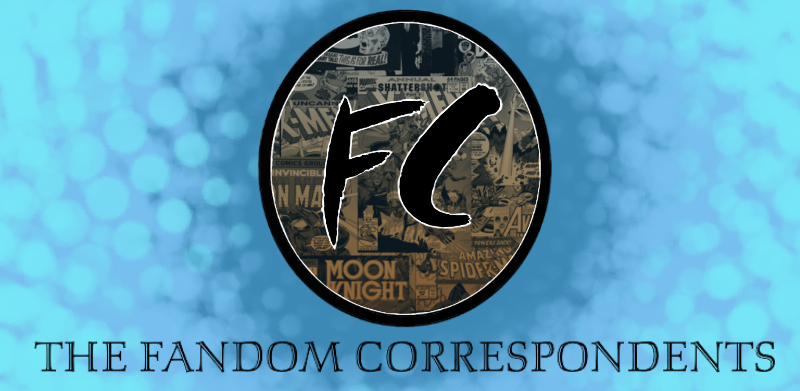Yesterday was Day 1 of Zombie week this October, and I watched George Romero’s Night of the Living Dead from 1968. This movie is often considered the first modern zombie film and completely revolutionized the horror genre, so it was a blast to look back and watch it now a full 50 years after its debut. This movie has some of my favorite horror fun facts, so let’s jump in!
Fun Fact! Classically, zombies in the horror genre are not the same creatures that we have come to think of thanks to modern movies and shows like The Walking Dead and Z Nation. Traditionally, the undead were only considered “zombies” if they were resurrected by some supernatural means, often by a shaman of African/Haitian culture or through a curse. Romero adhered to this horror tradition with Night of the Living Dead, which is why in the movie you hear the monsters referred to as ghouls rather than zombies. It was not until much later that the idea of a zombie virus was popularized in fiction and the supernatural element fell out of the zombie zeitgeist. Thus, the most influential zombie movie of the horror genre actually has no reference to zombies at all. History is neat!
Night of the Living Dead is one of the most influential horror films in history and hands-down the most influential zombie movie. The movie itself is very simple, both in its set-up and its set design. It begins with an adult pair of siblings visiting their father’s gravesite. Johnny, AKA the most annoying person on the planet, and his sister Barbara, AKA steaming pile of useless, are beset upon by a shambling man who upon further investigation seems to be lost in some kind of violent trance. Whine-and-cheese Johnny bites the dust, and Barbara is left to seek shelter despite barely being able to function as a human being. She comes upon a farmhouse and soon meets Ben, the most useful man in the world. Together, them and other refugees in Farmhouse Knox must survive the night and the horde of ghouls fast-surrounding them. Most of the movie takes place in one location, and the fact that the production was so simple yet so effective makes this movie standout even after 50 years. The movie also set a new standard for grotesque visuals and use of gore that ultimately changed the industry for good.
Night of the Living Dead generated nearly every zombie movie trope that we are familiar with today. Group of survivors struggling to survive a zombie horde? Check. Boarding up an abandoned building in hopes of surviving the night? Check. Weird pseudo-science explanation as to why people are zombies? Check. One of the survivors is a cantankerous man who may or may not be a little racist but definitely causes more harm than good regardless? Check, Mr. Cooper. Tension rising among survivors and inappropriate dirty laundry being aired out in front of strangers as the apocalypse approaches? Double check. Night of the Living Dead establishes a ton of modern zombie lore, such as bites being infectious, zombies being cannibalistic, and headshots only; and it also establishes several themes that have lasted decades. During the movie, more people are killed by other humans than by zombies, posing the at-the-time thoughtful and insightful question: in times of crisis, are human beings the biggest threat to each other after all? Unfortunately, Robert Kirkman thought he could sell a million comics and 27 seasons of a TV show on this idea and it’s become tired and cliche, but when Romero posed the question it resonated with an entire generation that was in the midst of serious social revolution. The movie is terrific (though many might consider it a very slow burn nowadays) and it still feels tense right up to the very end. I definitely recommend it to anyone who’s a fan of horror or cinematic history.
NOTE: For anyone who wants to watch along with me, tonight I’ll be catching the first Resident Evil movie for day 2 of Zombie Week!

